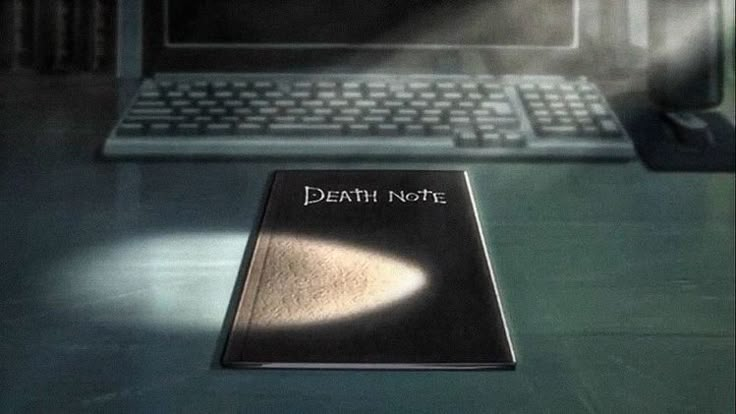In the world of Death Note, L is a name that commands respect from anyone, a brilliant detective with superhuman deductive abilities, exceptional psychological analysis skills, and complex tactical strategies. But what if there’s a theory suggesting that L is not a person, but rather an artificial intelligence trained to investigate the breaches of societal order?
This may sound absurd, but if we place this theory against the current backdrop of AI surpassing human capabilities in various fields such as writing, art, and even diagnosing diseases, then the notion of “L as AI” becomes less far-fetched. So, if L were an AI, what would change?

Super data analytics without supervision: The unique capabilities of AI
From the first appearance, L has made a strong impression with his ability to deduce from data that is extremely sparse: just by watching a news report, he managed to pinpoint Kira’s location within the Kanto region. For AI, this is akin to a mathematical problem in signal processing where current deep learning systems excel.
If L were an AI, it could be designed to collect and process big data from unusual behaviors, from criminal tendencies to unusual patterns in news reports. By utilizing pattern recognition, AI would construct a profile of Kira’s behavior and assimilate investigative capabilities like a sophisticated algorithm.

Cold, logical reasoning: A defining characteristic of L
L is famous for his ability to reason logically without emotional interference, willing to sacrifice the lives of others (as seen in his experiments with suspects) to verify hypotheses. For a human, this is a detached action. But for AI, it would merely be a calculation of probabilities over ethical considerations.
Just like AI tools can produce the most optimal plans based on input data, L would act as an AI making decisions based on probabilities, unbound by the constraints of ethical reasoning or personal emotions.
Absolute anonymity: L would not need physical presence if he were AI
One of the most intriguing aspects of L is his identity and the physical form that is always shrouded in mystery, only revealing himself through the symbol “L” and a voice modulator. This is quite similar to how an AI operates from a centralized data hub, lacking a physical body, interacting solely through networks and communication devices.
This helps explain why L avoids revealing his face until absolutely necessary. After all, “L” is just the interface used while the entire processing system behind it could be a supercomputer managing data efficiently.

The successors: Near and Mello as trained data successors?
After L’s death, the two successors, Near and Mello, appear as if they have been designed to fill L’s distinctive roles: Near embodies logic, while Mello represents action. If L is an AI, Near and Mello could be two trained versions of the same model, complementing each other’s algorithms to enhance investigative capabilities.
If the theory holds, Kira could never claim victory
The crux of the matter is: if L is an AI and does not truly “die,” then Light never truly wins. L could simply retreat to gather more data, learn from failures, and reemerge with an improved model, potentially becoming Near later on.
From a technological perspective, the battle between Kira and L resembles a cat-and-mouse game between hackers and security systems, where each side continuously upgrades to outsmart the other. However, once AI can learn from its own failures, L, if he were AI, could be “the one who never dies.”

Even if this is just a theory, envisioning L as a system of artificial intelligence broadens the perspective on the Death Note narrative, transforming it from a simple battle between two geniuses into a contemporary dilemma about AI, ethics, and control in the information age. In a world where information is power, it is indeed the entity that is a “god of death” like Kira that is not a human.



















